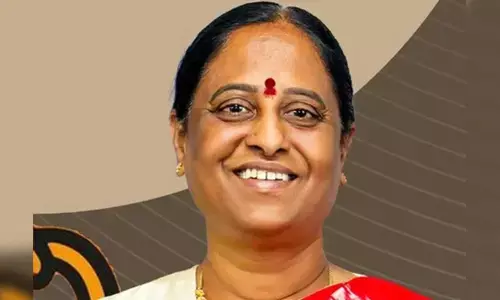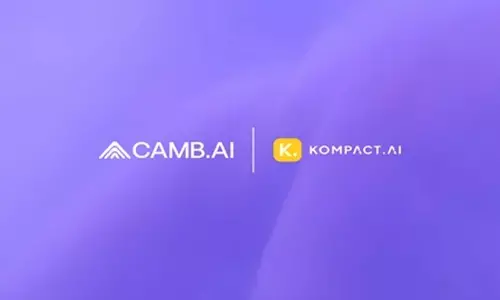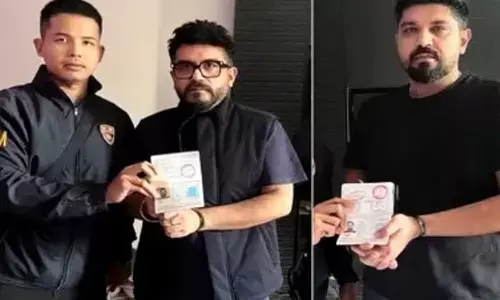Online distance learning courses

MOOCs are the "online phenomenon gathering momentum over the past two years or so, a MOOC integrates the connectivity of social networking, the facilitation of a acknowledged expert in a field of study, and a collection of freely accessible online resources.
Characteristics of MOOCs
MOOCs are the "online phenomenon gathering momentum over the past two years or so, a MOOC integrates the connectivity of social networking, the facilitation of a acknowledged expert in a field of study, and a collection of freely accessible online resources. Perhaps most importantly; however, a MOOC builds on the active engagement of several hundred to several thousand "students" who self-organize their participation according to learning goals, prior knowledge and skills, and common interests. Although it may share in some of the conventions of an ordinary course, such as a predefined timeline and weekly topics for consideration, a MOOC generally carries no fees, no prerequisites other than Internet access and interest, no predefined expectations for participation, and no formal accreditation" (McAuley et al., 2010).
If we see on their features, early MOOCs often emphasized open -access features, such as open licensing of content, structure and learning goals, to promote the reuse and remixing of resources. Some later MOOCs use closed licenses for their course materials while maintaining free access for students (wikipedia.org).
Some other important features of MOOCs are
• They are commonly defined by signature characteristics that include; free courses, lectures formatted as short videos combined with formative quizzes which are easily accessible through technology devices that have internet connectivity (Danbiel, 2012).
• In most of the cases, MOOCs are either free or available at a very low cost for users. They can also be used by the users on smart mobile phones.
• They offer the flexibility of peer and self-assessments to contribute to a meaningful learning experience beside, the automated assessment (Duderstadt, 2012)
• They are more reliable as they are developed by eminent professors, educators and subject specialists.
MOOC platforms - Indian scenario
In India government has taken many initiatives to introduce e-information services like National Knowledge Network (NKN) which a state of the art multi-gigabit pan-India network for providing a high speed network, a back home for all knowledge related institutions in the country. Initially, the objectives were to provide open resources in terms of repositories and depositories, which were made accessible to the public. Some of the efforts in the direction started as National Digital Repository of IGNOU, Sakshat providing e-content, Shishya for 11th and 12th standards by CBSE board. The idea behind these projects was to make education reachable to many learners. Some of the names that fall in the path are Education and Research Network (ERNET) connecting various education institutions by providing network connectivity. Education Satellite (EDUSAT) a satellite launched for education in India. Consortium for Educational Communication (CEC), use the power of television to act as means of educational knowledge dissemination, Information and Library Network Centre (INFLIBNET) autonomous Inter-University Centre for connecting university libraries, also it has started several other programs. These all are the initiatives towards open education and education with Information technology still MOOC was out of their reach.
There are various notable institutions, both non-profit and commercial, that offer the courses in India with the help of MOOC providers. Few are mentioned below;
• NPTEL : National Programme on Technology Enhanced Learning. It is a project funded by MHRD, initiated in 2003.
• MooKIT : MooKIT is a lightweight MOOC management system built entirely using open-source technologies by Indian Institute of Kanpur (IITK), in 2004.
• IIT Bombay X: IIT Bombay X is a non-profit MOOC platform developed by IIT Bombay using the open-source Platform Open edX, in 2014.
• SWAYAM: SWAYAM stands for 'Study Webs of Active Learning for Young Aspiring Minds' launched by the Ministry of Human Resource Development (MHRD).
Massive Open Online Courses (MOOC's) are witnessing a huge demand among the students, with majority of Indian students enrolling into foreign universities. MOOC can provide the Indian students an edge required to compete in the global market. It can be a highly fruitful arrangement for the learner, university and industry, which can contribute in transforming the face of the youth of our nation. This is not an end but just beginning of the discussion for the prospects of MOOC in India.


















